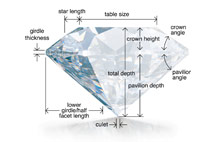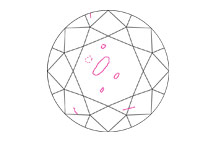A Tradition Of Science and Education
Established in 1931, the Gemological Institute of America (GIA) is the world’s foremost authority on diamonds, colored stones, and pearls. A public benefit, nonprofit institute, GIA is the leading source of knowledge, standards, and education in gems and jewelry.
Welcome to GIA.
EDUCATE
Students around the globe turn to GIA for the knowledge, skills, and credentials that launch successful gem and jewelry careers.
LEARN MORERESEARCH
The world leader in gemological research, GIA’s breakthrough discoveries deepen our understanding of gemstones and the world.
LEARN MOREPROTECT
Through research, education, and unbiased gem grading and analysis, GIA strives to protect the gem and jewelry buying public by setting global quality standards.
LEARN MOREhistory of gia
Since the 1930s, GIA researchers have made many innovative contributions to the understanding of gems.
1931
Robert M. Shipley establishes GIA; opens first U.S.-based gemology correspondence course.
Learn More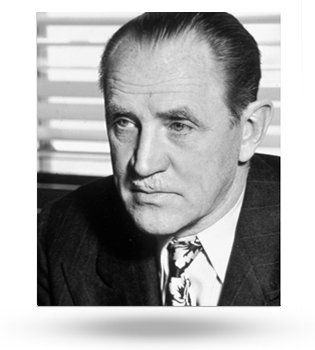
1931
Home-study courses introduced, leading to the professional designation: Certified Gemologist.
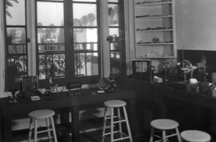
1934
Shipley publishes first issue of Gems & Gemology. Gemology becomes a recognized science.

1934
GIA patents a loupe with triple aplanatic lens: The modern professional jeweler’s loupe is born.
Learn More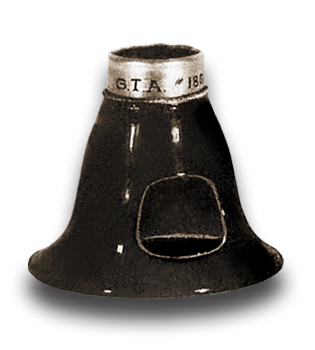
1937
GIA patents the first gemological microscope. Gemologists are able to examine the interior of gems.
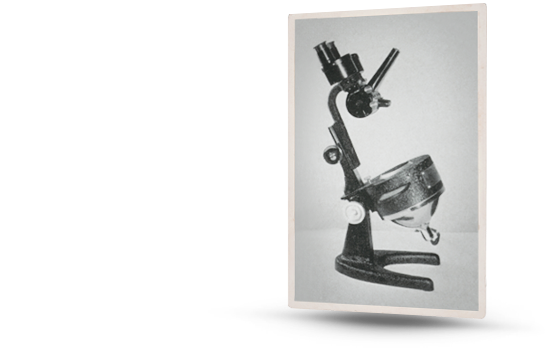
1940
Richard T. Liddicoat joins GIA. Known as the “father of modern gemology” for contributions to gems, jewelry.
1947
G. Robert Crowningshield joins GIA. Named VP of GIA Gem Trade Laboratory in New York shortly after.

1947
The first edition of Liddicoat’s Handbook of Gem Identification published; 11 editions follow.
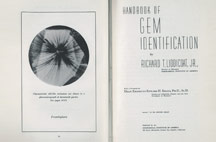
1948
The first Graduate in Gemology diploma is issued.
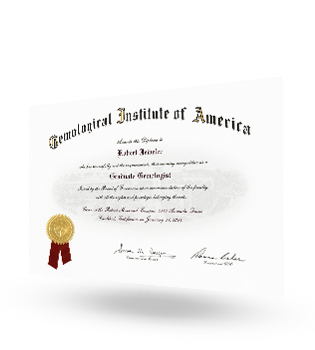
1949
GIA NY laboratory offers pearl identification service.
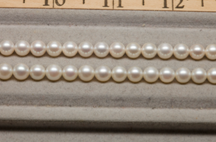
1953
Liddicoat’s International Diamond Grading System, based on Shipley’s 4Cs, becomes universal standard.
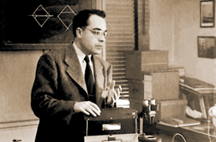
1953
GIA issues first diamond grading reports; they become the international jewelry industry’s benchmark.
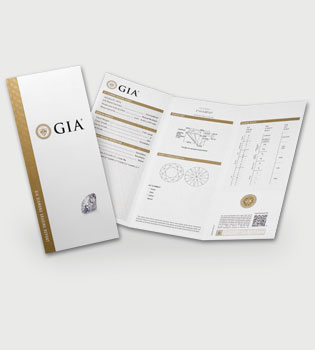
1956
Crowningshield accomplishes groundbreaking work in the detection of gem treatments through the use of the spectroscope.
1960
The GIA Diamond Dictionary - which quickly becomes the international industry reference – is published.

1965
GIA courses accredited by National Home Study Council (now the Distance Education Training Council).

1971
GIA courses translated and taught in Japan

1973
On-campus classes accredited by National Association of Trade and Technical Schools.
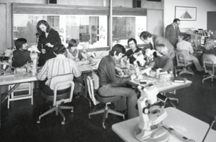
1982
Gems & Gemology is redesigned, printed in full color, and goes on to win 15 awards for excellence during the next 20 years
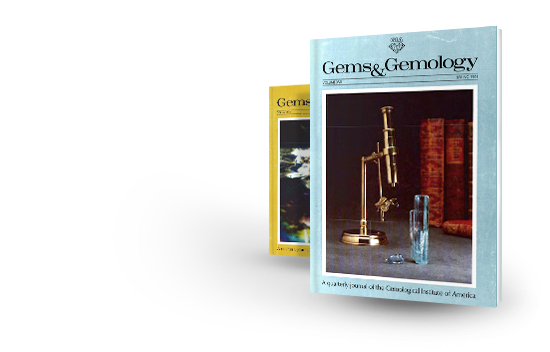
1982
GIA Celebrates its 50th Anniversary with the first International Gemological Symposium
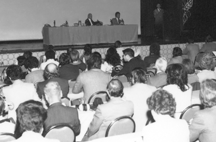
1982
The GIA Alumni Collective is established.

1987
Liddicoat Gemological Library and Information Center acquires world’s largest collection of gemological books.

1988
GIA grades the famous 45.52-carat Hope Diamond.
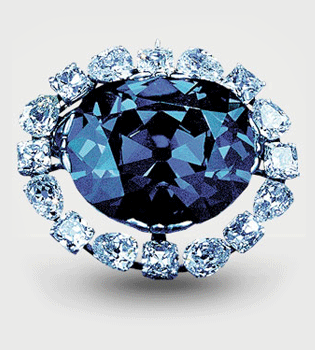
1989
GIA opens school in Korea; others follow in Europe, Asia and India.

1991
GIA hosts first annual Career Fair - the industry’s preeminent recruiting event.

1996
Gems & Gemology publishes groundbreaking article on identifying synthetic diamonds.

1997
GIA opens Robert Mouawad Campus as its global headquarters in Carlsbad, CA.

1999
Robert M. Shipley (1887-1978) named Person of the Century by JCK magazine.

1999
GIA, De Beers researchers identify criteria for High Pressure/High Temperature processed diamonds.
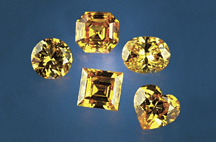
2003
GIA identifies beryllium-diffused sapphires and rubies and chemical vapor deposition (CVD) synthetic diamonds.

2005
GIA introduces a cut grade for round brilliant diamonds in the D-to-Z color range.

2007
GIA introduces Synthetic Diamond Grading Report.

2007
GIA creates 4Cs and International Diamond Grading System™ materials for consumers.
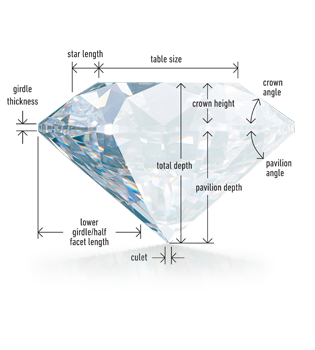
2008
GIA opens laboratories in Mumbai, Johannesburg and Gaborone.

2009
GIA offers gemology courses entirely online.
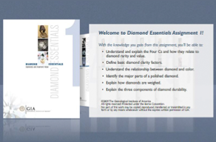
2011
GIA offers interactive 4Cs app for consumers.

2012
GIA opens laboratories in Tokyo and Ramat Gan, Israel.
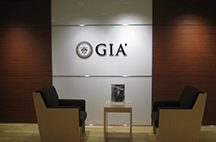
2014
Susan Jacques becomes GIA’s sixth President and CEO

2014
GIA develops DiamondCheck to differentiate natural from treated and synthetic diamonds.
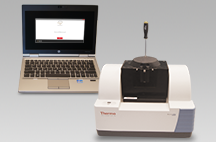
2014
GIA Inaugurates New York Laboratory and Education facility.

2017
The GIA iD100® gem testing device is developed to distinguish natural from laboratory-grown diamonds.
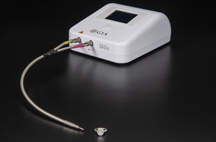
2018
GIA collaborates with Chow Tai Fook to use Blockchain technology to deliver secure, digital diamond grading reports.
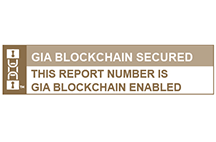
2018
GIA opens laboratories in Surat and Antwerp and a school in Surat.

2019
GIA Diamond Origin Report provides confirmation of a diamond’s geographic origin.
2024
State-of-the-art GIA Laboratory DMCC (Dubai Multi Commodities Centre) opens in Dubai.

2024
GIA introduces the GIA Gemolite® NXT, a new gemological microscope designed for optimal performance and customization.
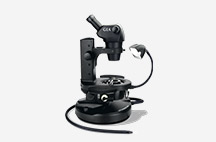
CREATOR OF THE 4Cs
In the 1940s, GIA established the “4Cs” and the International Diamond Grading System™ – to this day, the worldwide standard for evaluating diamond quality.
COLOR
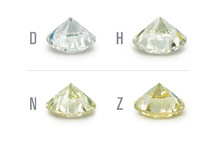
Diamonds in the D-to-Z color range are valued by how closely they approach colorlessness – the less color, the higher their value.
Learn MoreCARAT WEIGHT
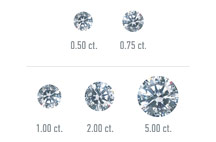
Diamonds and gemstones are weighed in metric carats: one carat is equal to 0.2 grams, about the weight of a paperclip.
Learn MoreFeatured Events
LATEST GIA RESEARCH
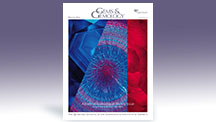
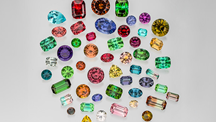
From G&G Summer 2024; article by Nathan Renfro et al.
Phoebe Shang
Nov 22, 2024
G&G in a Flash: Micro-Features of Tourmaline
Read Article